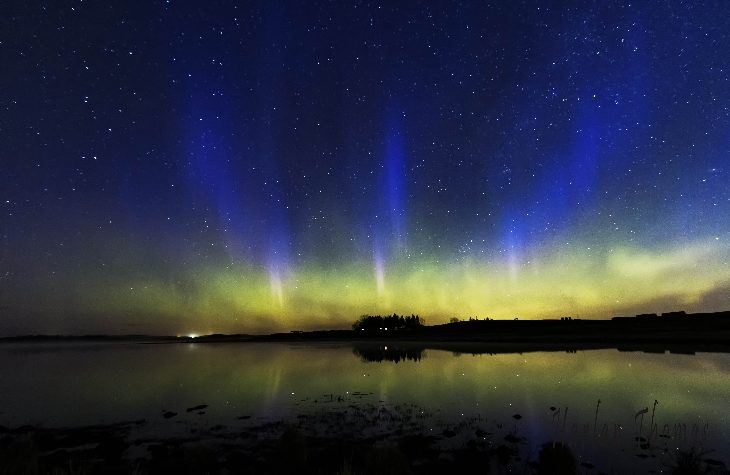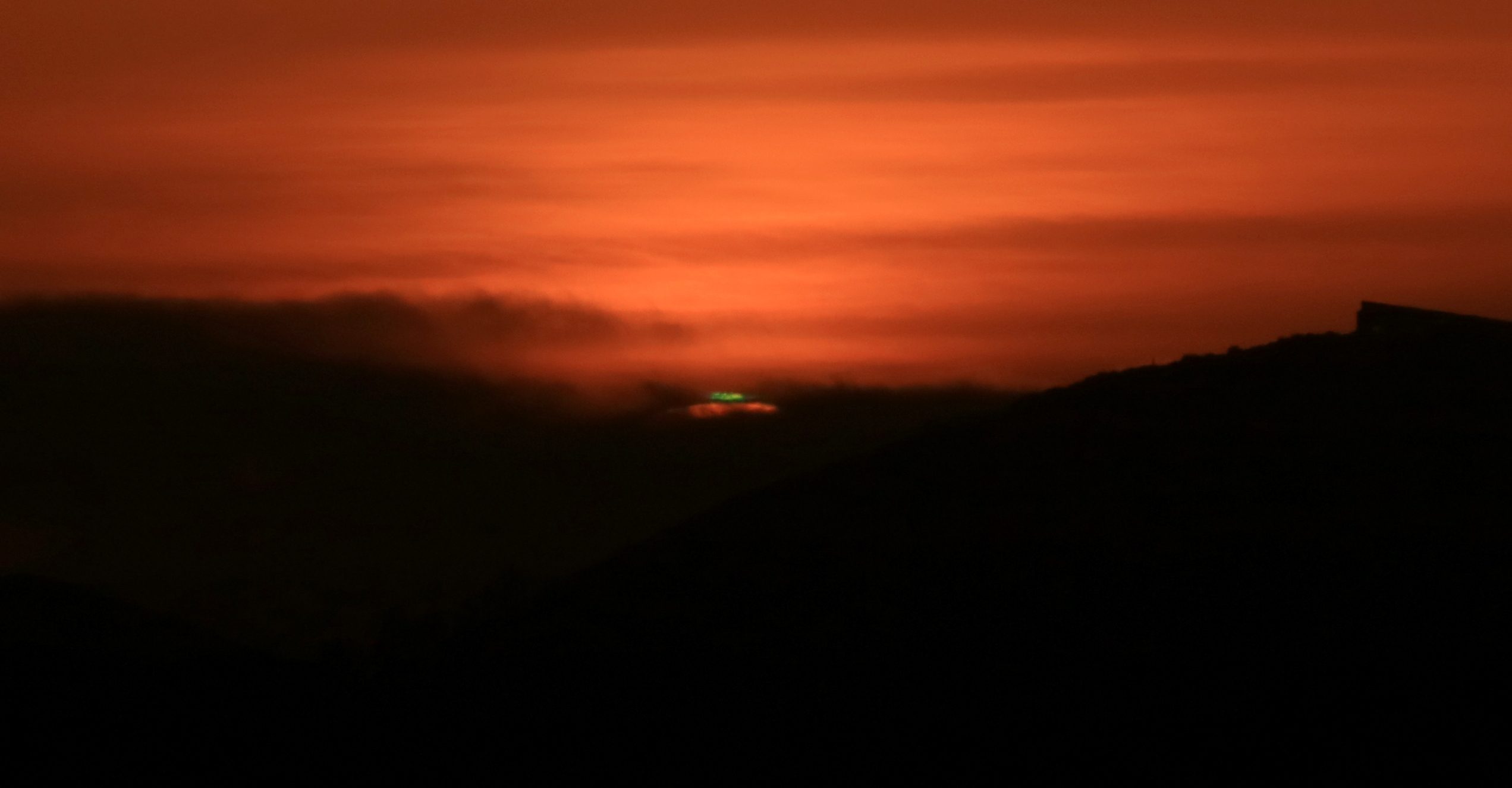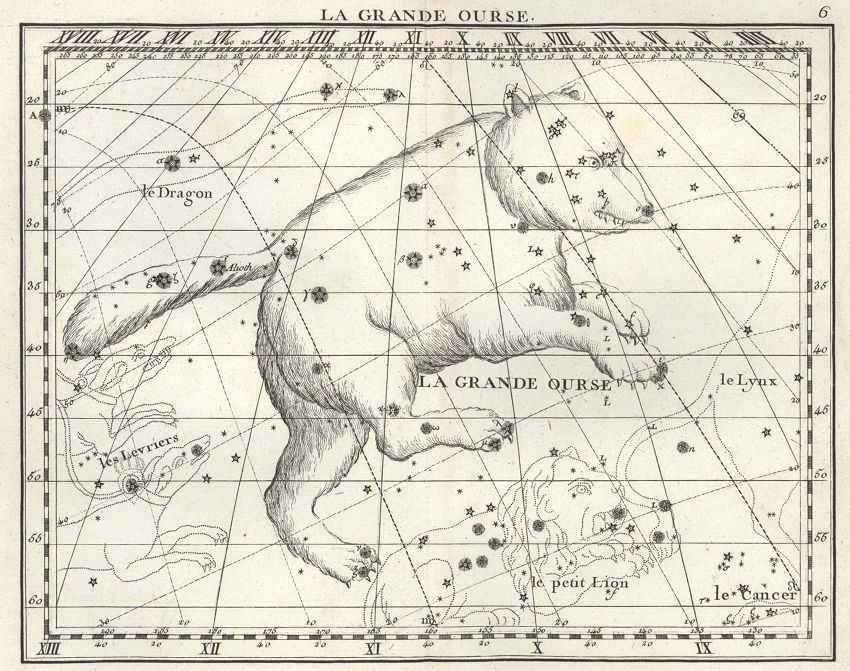
© Taken by Harlan Thomas on May 11, 2019 @ NorthWest of Calgary, AlbertaStorm conditions developed later as Earth moved into the CMEs turbulent wake couldnt have been more true as these images protest, but to see these incredible blue pillars was out of this world. And top it off STEVE showed for several minutes
Northern Lights are usually green, sometimes red. Those are the colors we see when oxygen is hit by electrons raining down from space during a geomagnetic storm. On Friday night, May 11, 2019, however, Harlan Thomas of Calgary, Alberta, witnessed a different color: DEEP BLUE
Harlan Thomas: "To see these incredible blue pillars was out of this world," says Thomas.
In auroras, blue is a sign of nitrogen. Energetic particles striking ionized molecular nitrogen (N2+) at very high altitudes can produce a blue glow rarely seen during auroral displays. In this case, it was the afterglow of a CME impact.
The CME left the sun on May 6th, propelled in our direction by an explosion in the magnetic canopy of sunspot AR2740. When it finally arrived on May 10th, the slow-moving storm cloud rattled Earth's magnetic field, triggering a minor G1-class geomagnetic storm. Auroras were sighted in parts of Canada as well as US States such as Michigan and Minnesota.




Comment: For more on our changing skies, see:
- Our changing atmosphere: Stunning iridescent cloud over Mexico, complex solar halo over Russia and a triple rainbow over Norway
- Strange skies: Red Sprites in Oklahoma, aurora Steve in Canada, iridescent clouds in Illinois and noctilucent clouds in Denmark
- Strange but beautiful skies: Noctilucent 'tornado' cloud, auroras, double and twin rainbow plus a midnight rainbow
- Chemtrails? Contrails? Strange Skies
- The phenomenon STEVE is not an Aurora after all
For an idea of what's driving these changes, check out SOTT radio's Behind the Headlines: Earth changes in an electric universe: Is climate change really man-made? as well as our monthly documentary SOTT Earth Changes Summary - April 2019: Extreme Weather, Planetary Upheaval, Meteor Fireballs: